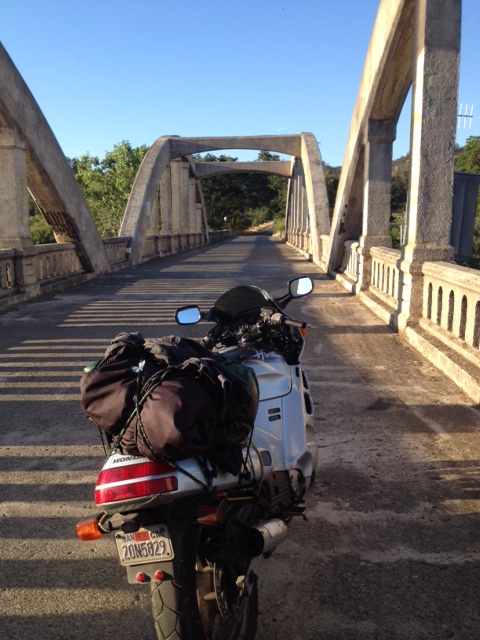Study, Review, Prepare
History of Writing Manuals A. S. Osley wrote a number of books and articles about writing masters and their books. His Scribes and Sources is instructive as he translates passages from a number of writing manuals and gives a bit of information about each scribe and the book(s) published. In 1972, he published Luminario. It's a big book (10" x 14") with great illustrations, covering similar territory.

I've spent the last three days in Northern California at my friend Sumner Stone's* Alphabet Farm. Our shared interest in writing manuals and early type design is not all that widespread, so it was a pleasure to have this retreat offered up. I have spent quite a bit of time reading the Osley books as well as books by Alfred Fairbank, Stanley Morison and others. The amount of information known about the earliest writing masters and their printed books is impressive and somewhat daunting. Twentieth century scholars found this subject irresistible, giving rise to the modern calligraphic movement. Interest in the calligraphic hands of early writing masters is still quite strong.

I'm taking this trip because there's more to know by looking at the physical books, not just reading about them or looking at reproductions. A friend asked how many books are out there, and how many I'm expecting to look at. The universe of writing manuals collected in North America is, as yet, unknown. I plan on studying 500 books total. My current institutional list is at 16 but I'm convinced it will go up to 20. That's 25 books at each institution and if I were to spend 4 days in a library, I'd have an hour per book. Travel may exceed 10,000 miles and at 500 miles a day, that's 20 days of travel which puts the trip at 100 days. My main concern on the tail end of the trip will be weather in the mountains. I'm not fond of riding in the snow. Riding home in the setting sun, I saw this bridge & took the obligatory moto shot.

